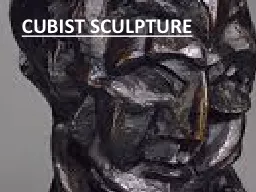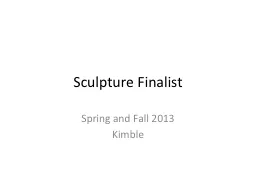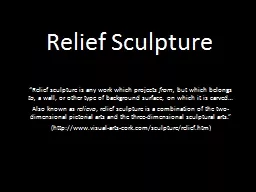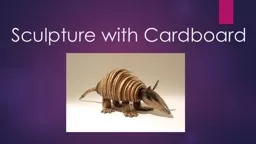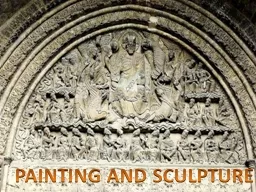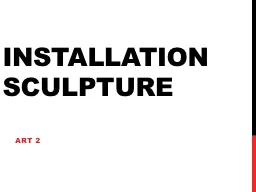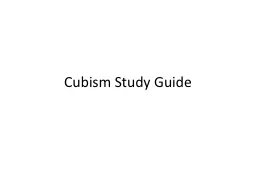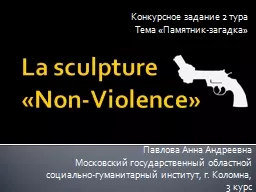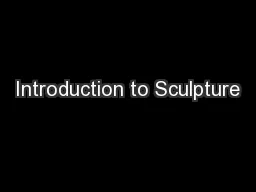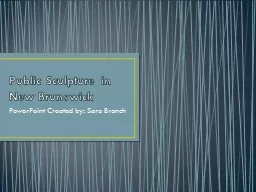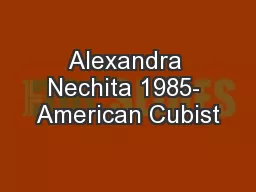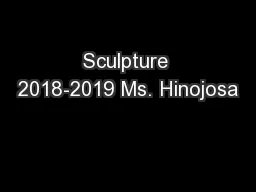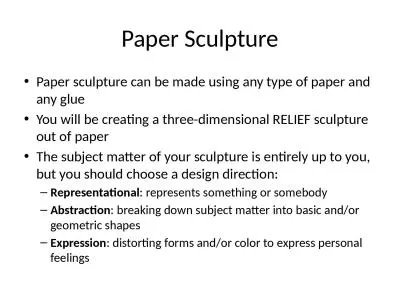PPT-Cubist sculpture…
Author : min-jolicoeur | Published Date : 2016-03-12
CUBIST SCULPTURE Not a major part of the cubist movement sculpture was none the less a part of its development and a huge influence on other sculptors to come
Presentation Embed Code
Download Presentation
Download Presentation The PPT/PDF document "Cubist sculpture…" is the property of its rightful owner. Permission is granted to download and print the materials on this website for personal, non-commercial use only, and to display it on your personal computer provided you do not modify the materials and that you retain all copyright notices contained in the materials. By downloading content from our website, you accept the terms of this agreement.
Cubist sculpture…: Transcript
Download Rules Of Document
"Cubist sculpture…"The content belongs to its owner. You may download and print it for personal use, without modification, and keep all copyright notices. By downloading, you agree to these terms.
Related Documents

